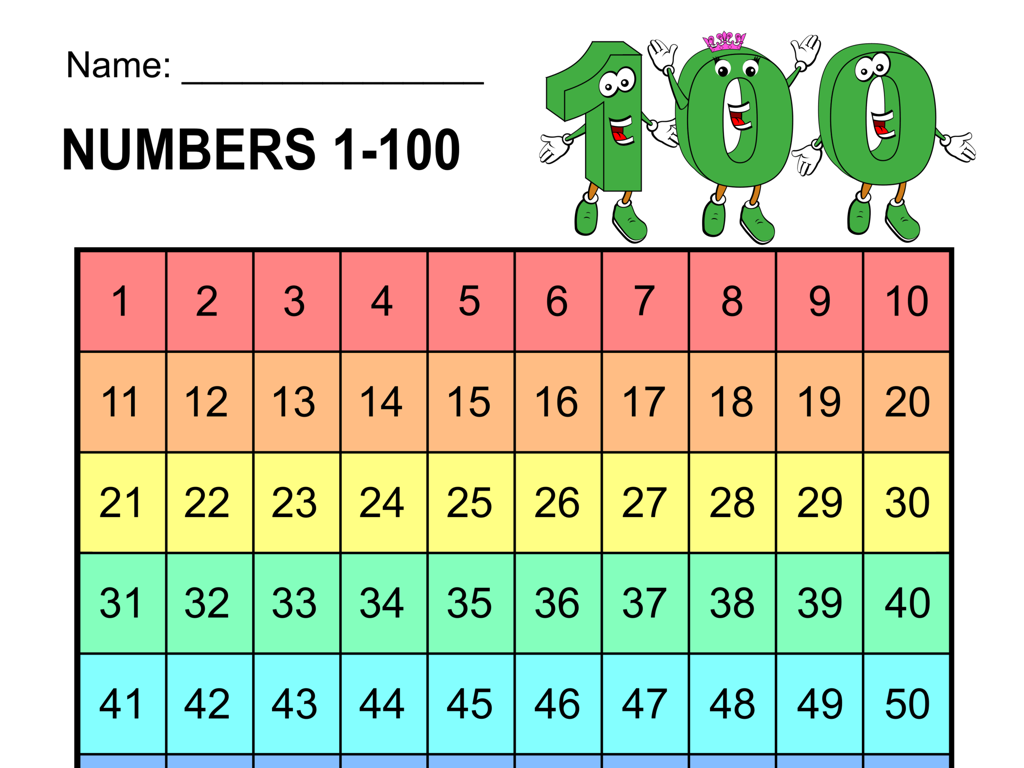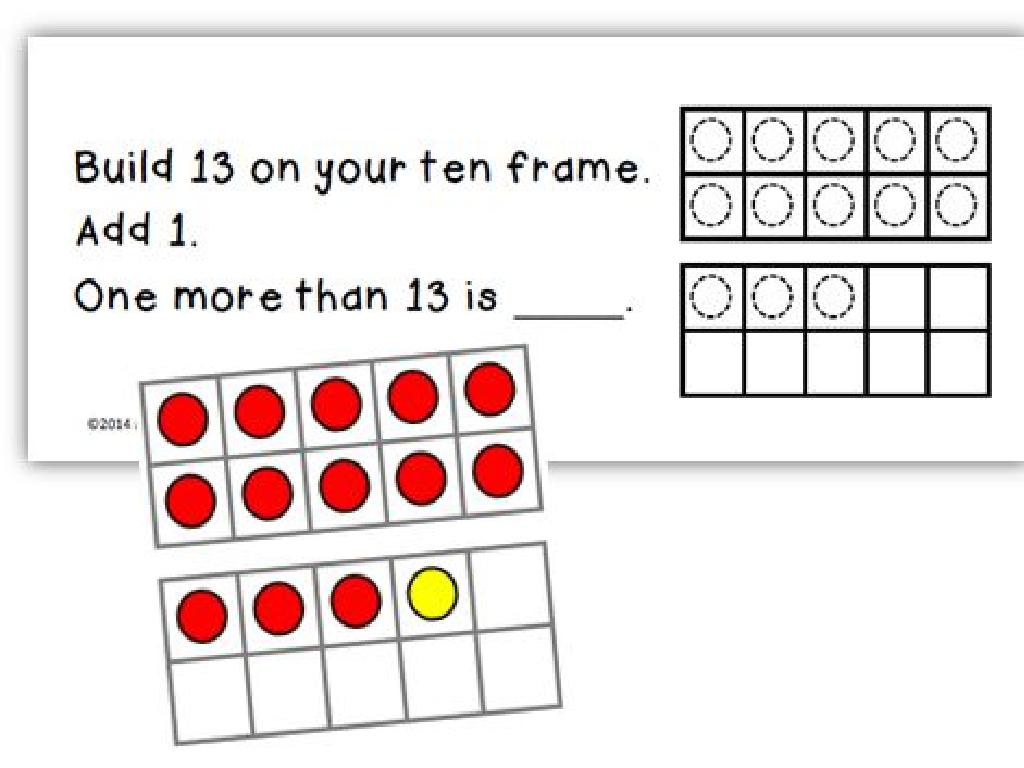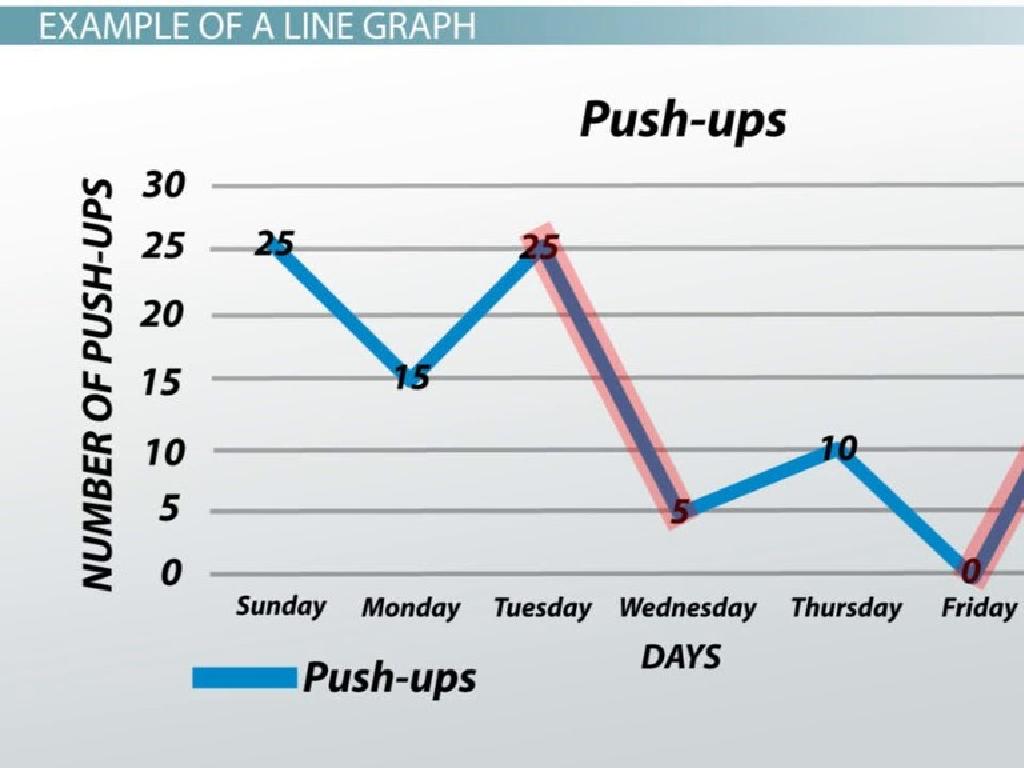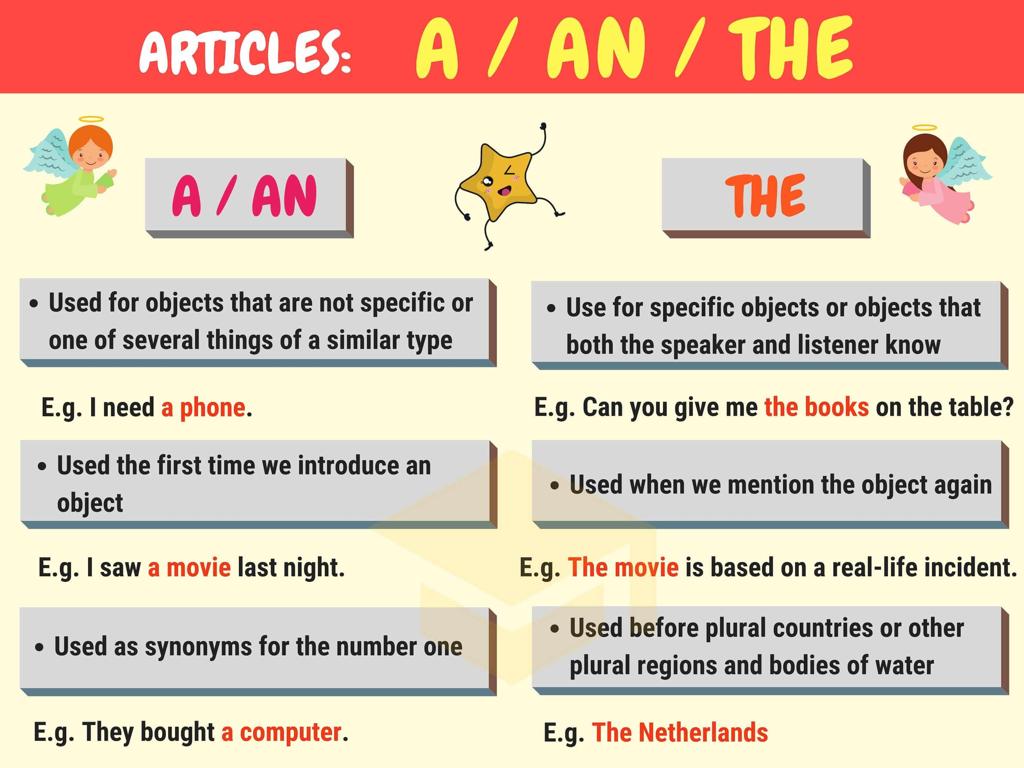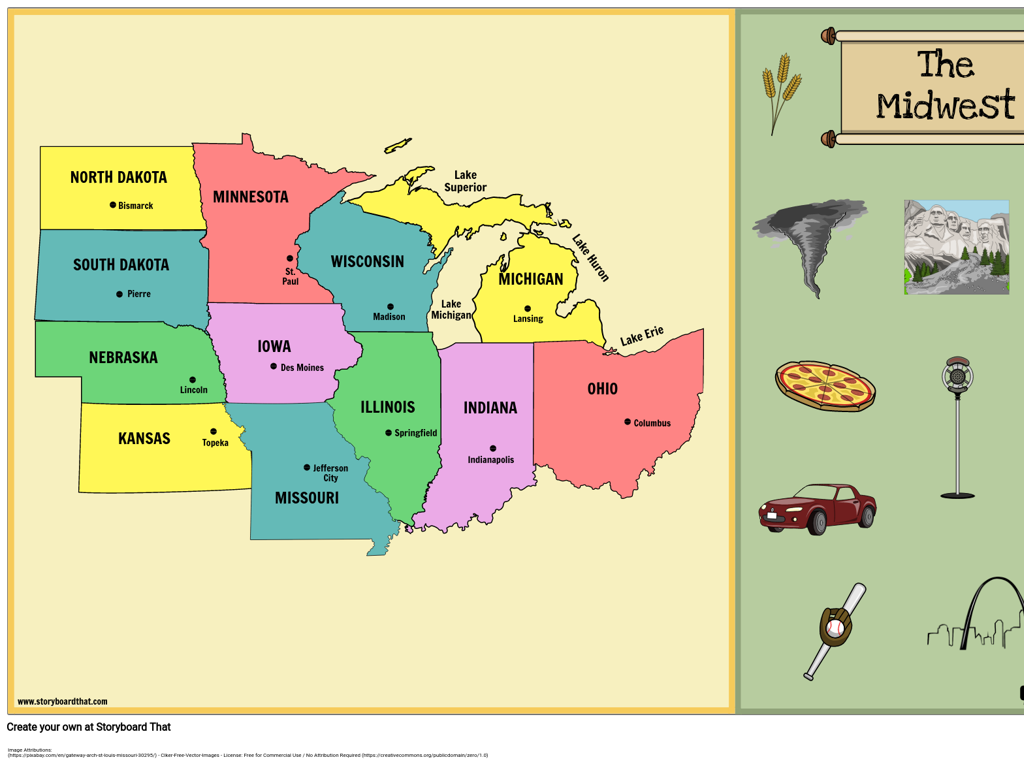Division Facts To 10: Word Problems
Subject: Math
Grade: Fourth grade
Topic: Division
Please LOG IN to download the presentation. Access is available to registered users only.
View More Content
Today’s Adventure: Division Facts to 10!
– What is division?
– Division as equal sharing
– Division splits a number into equal parts
– Dividing pizza slices
– If 10 slices of pizza are shared by 5 kids, how many slices does each get?
– Sharing toys equally
– 8 toys shared by 4 friends, how many toys does each friend get?
|
This slide introduces the concept of division to fourth graders as a way of sharing things equally among a certain number of people or groups. Start by explaining division as the process of splitting a whole into equal parts. Use relatable examples like dividing slices of pizza among friends or sharing toys to illustrate the concept. Encourage students to think of division as a fair way to distribute items evenly. Provide simple word problems that they can relate to and solve using division facts up to 10. This will help them understand and apply division in real-life situations.
Understanding Division
– Division as sharing equally
– Imagine sharing 10 cookies with 2 friends evenly
– Making equal groups
– How many groups can you make with 12 stars and 3 circles?
– Items in each group
– If you have 15 apples, how many apples does each friend get if you share with 5 friends?
– Division in daily life
|
This slide introduces the concept of division to fourth graders by relating it to the familiar activity of sharing items equally among friends. Start by explaining division as a way to distribute items into equal groups. Use tangible examples like cookies or stars to illustrate the point. Ask questions like how many groups can be made or how many items each person will get to engage the students in thinking about division in a practical context. Emphasize that division is not just a math operation but a skill used in everyday life, such as sharing snacks or dividing up tasks. Encourage students to come up with their own examples of division from their daily experiences.
Division Vocabulary: Breaking Down Numbers
– Dividend: Total number to divide
– If you have 20 apples to share, 20 is the dividend
– Divisor: Number of groups dividing into
– If you want to make 4 bags of apples, 4 is the divisor
– Quotient: Items in each group after division
– Each bag gets 5 apples, so 5 is the quotient
– Apply vocabulary to solve word problems
|
This slide introduces the basic vocabulary of division which is essential for solving word problems. The dividend is the total number we want to divide up, which could be a number of apples, candies, or any items. The divisor is the number of equal groups we are dividing the dividend into, like the number of bags or boxes. The quotient is the number of items that each group receives after the division. It’s important for students to understand these terms as they form the foundation for tackling division word problems. Encourage students to visualize the process with real-life examples and to use these terms when they describe how to solve the problems.
Mastering Division Facts to 10
– Importance of memorizing division facts
– Examples of division facts within 10
– e.g., 9 ÷ 3 = 3, 8 ÷ 4 = 2
– Solving word problems using division
– How many groups of 2 in 10?
– Practice makes perfect
– Regular practice improves speed and accuracy
|
This slide is aimed at helping fourth-grade students understand the value of memorizing division facts up to 10 to enhance their problem-solving skills. Start by explaining why knowing these facts is crucial – it saves time and helps in quick calculations. Show examples of simple division facts and how they are derived. Then, demonstrate how to apply these facts to solve word problems, such as dividing a set of items into equal groups. Encourage students to practice regularly, as this will help them remember the facts and use them effortlessly in various scenarios. Provide additional word problems for practice and consider creating a fun classroom activity where students can quiz each other on division facts.
Division in Action: Sharing Equally
– Understanding division through word problems
– Real-life application of division
– Example: Sharing cookies equally
– If 8 cookies are divided among 4 friends, how is it distributed?
– Solving the cookie problem
– Each friend gets 2 cookies. 8 divided by 4 equals 2.
|
This slide introduces students to the concept of division through the lens of real-life scenarios, emphasizing the idea of ‘sharing equally.’ Start by explaining that word problems are stories that help us apply math to everyday situations. Use the cookie example to illustrate how division is used to share items equally among a group. Walk through the problem step by step, showing how to divide the total number of cookies by the number of friends to find out how many cookies each friend gets. Encourage students to visualize the problem and use manipulatives if necessary to enhance understanding. After explaining, ask students to come up with similar problems involving sharing items equally to reinforce the concept.
Let’s Practice Division with Word Problems!
– 10 apples into 2 baskets
– How many apples in each basket?
– 9 books on 3 shelves
– How many books per shelf?
|
This slide is designed for a class activity where students will practice applying their division skills to solve word problems. For the first problem, guide the students to understand that dividing 10 apples into 2 baskets means they need to find out how many apples will be in each basket if they are divided equally. The second problem similarly requires students to divide 9 books equally among 3 shelves. Encourage students to visualize the division and use drawings or physical objects if necessary to aid their understanding. Possible activities include using actual apples and baskets or drawing the scenario on paper. The goal is to reinforce the concept of equal distribution in division.
Group Activity: Division Relay
– Work in groups on word problems
– Solve division problems as a team
– Each group explains their solution
– Share how you worked together to find the answer
– Ready, set, divide and have fun!
|
This slide introduces a collaborative classroom activity designed to engage students in solving division word problems. Divide the class into small groups and provide each with a set of word problems that require division facts up to 10. Each group will work together to solve the problems, fostering teamwork and cooperative learning. After solving, each group will present their solutions and explain their thought process to the rest of the class. This activity encourages communication skills and reinforces division concepts. Possible variations of the activity could include a timed relay where each student solves one step of the problem before passing it on, or a competition to see which group can solve their problems correctly first. The goal is to create a dynamic learning environment where students can learn from each other and practice division in a fun, interactive way.
Class Activity: Division Bingo
– Play Bingo with division facts
– Solve problems to cover answers
– Aim for five in a row
– Get ready to win prizes!
Prizes will motivate and make the game exciting!
|
This interactive class activity is designed to help students practice and reinforce their division facts up to 10 through a fun game of Bingo. Each student will receive a Bingo card with answers to division problems. As you call out division word problems, students will solve them and cover the corresponding answer on their Bingo cards. The first student to cover five answers in a row horizontally, vertically, or diagonally wins the game. Prepare a set of word problems that cover division facts up to 10. Ensure there are enough variations so that each Bingo card is unique. Consider preparing small prizes for the winners to keep the students motivated. This activity not only makes learning division facts enjoyable but also encourages quick mental calculations and attentiveness.
Homework: Division Detective
– Solve 5 division word problems
– Use division facts up to 10 to solve problems
– Show all your work on paper
– Write down each step to find the answer
– Bring your completed work tomorrow
– Practice is key to mastering division
– The more you practice, the better you’ll get!
|
This homework activity is designed to reinforce the day’s lesson on division facts up to 10 through practical application in word problems. Encourage students to approach each problem methodically, writing down each step to demonstrate their understanding of the division process. Remind them that showing their work is just as important as finding the correct answer, as it helps identify any areas where they may need further practice or clarification. In the next class, review the homework as a group to celebrate successes and address any common challenges. Provide additional examples or strategies as needed to support their learning journey.
Congratulations, Division Explorers!
– Celebrate your hard work today
– Continue practicing division facts
– Practice with flashcards and games
– Aim to become Division Masters
– Use word problems for practice
– Solve daily life examples for better understanding
|
This slide is meant to wrap up the lesson on division facts up to 10 with word problems. It’s important to acknowledge the students’ efforts and encourage them to keep practicing to reinforce their skills. Remind them that mastery comes with consistent practice. Suggest fun ways to practice, like using flashcards or interactive games, and encourage them to apply what they’ve learned to solve real-world problems. This will help them see the relevance of division in everyday life. As a teacher, you can provide additional word problem worksheets or recommend educational apps that focus on division for further practice at home.

